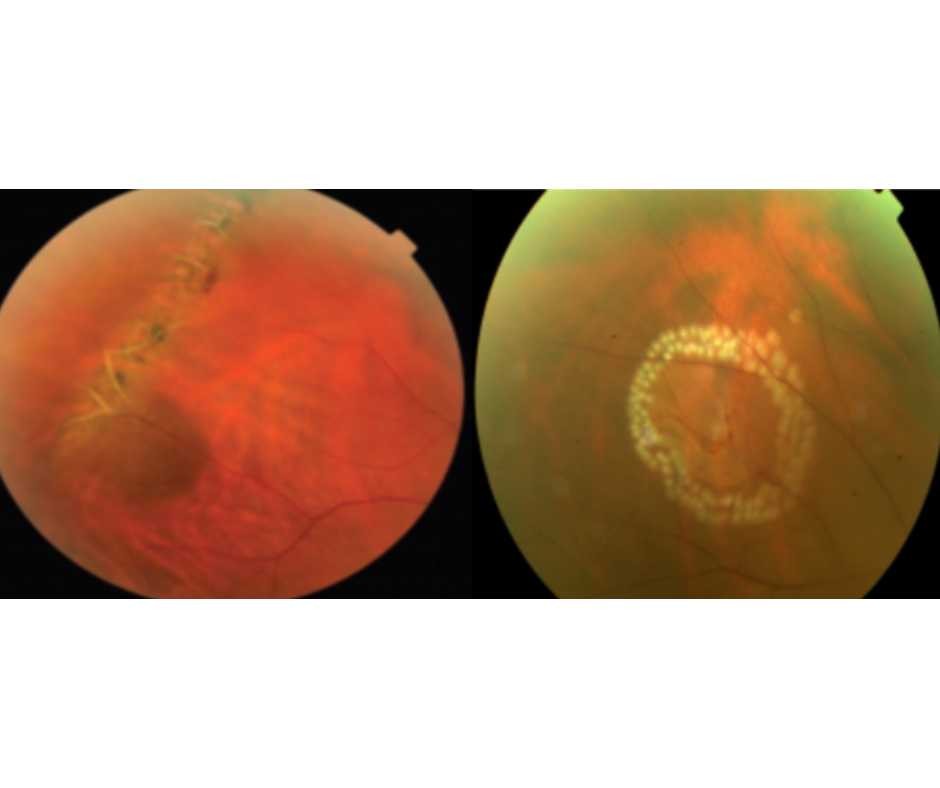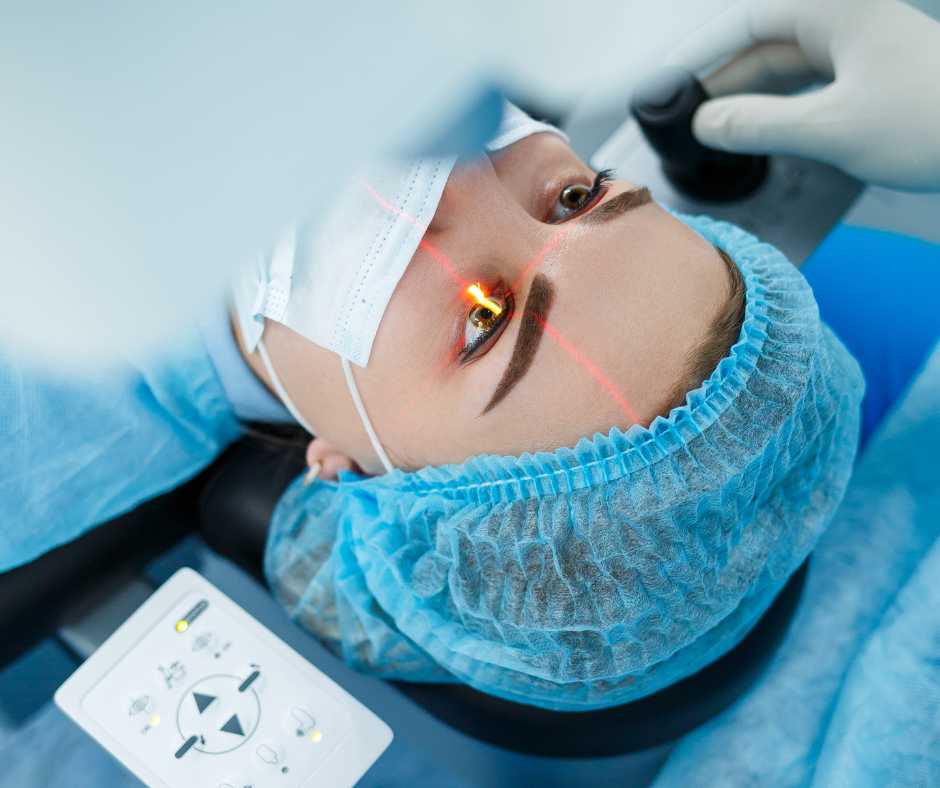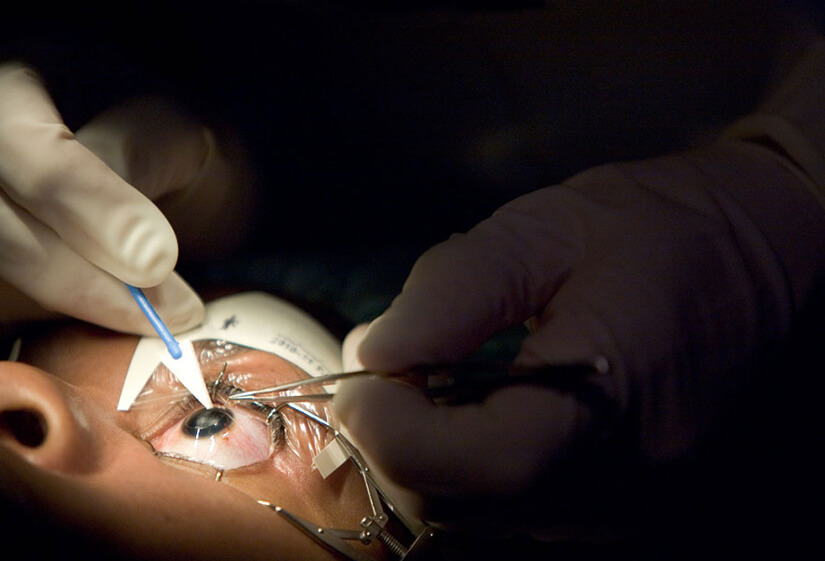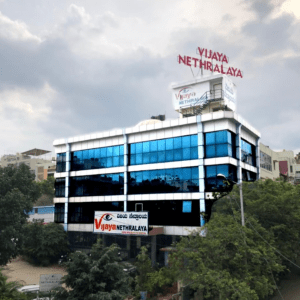Introduction:
LASIK eye surgery has become a popular solution for those seeking freedom from glasses and contact lenses. The procedure is known for its effectiveness in correcting vision, but it’s essential to understand the potential postoperative experiences, including pain and discomfort after lasik eye surgery pain.
A. Definition of LASIK eye surgery:
LASIK, or Laser-Assisted In Situ Keratomileusis, is a surgical procedure designed to reshape the cornea and improve visual acuity. While the surgery itself is relatively quick, patients may encounter various sensations during the recovery period.
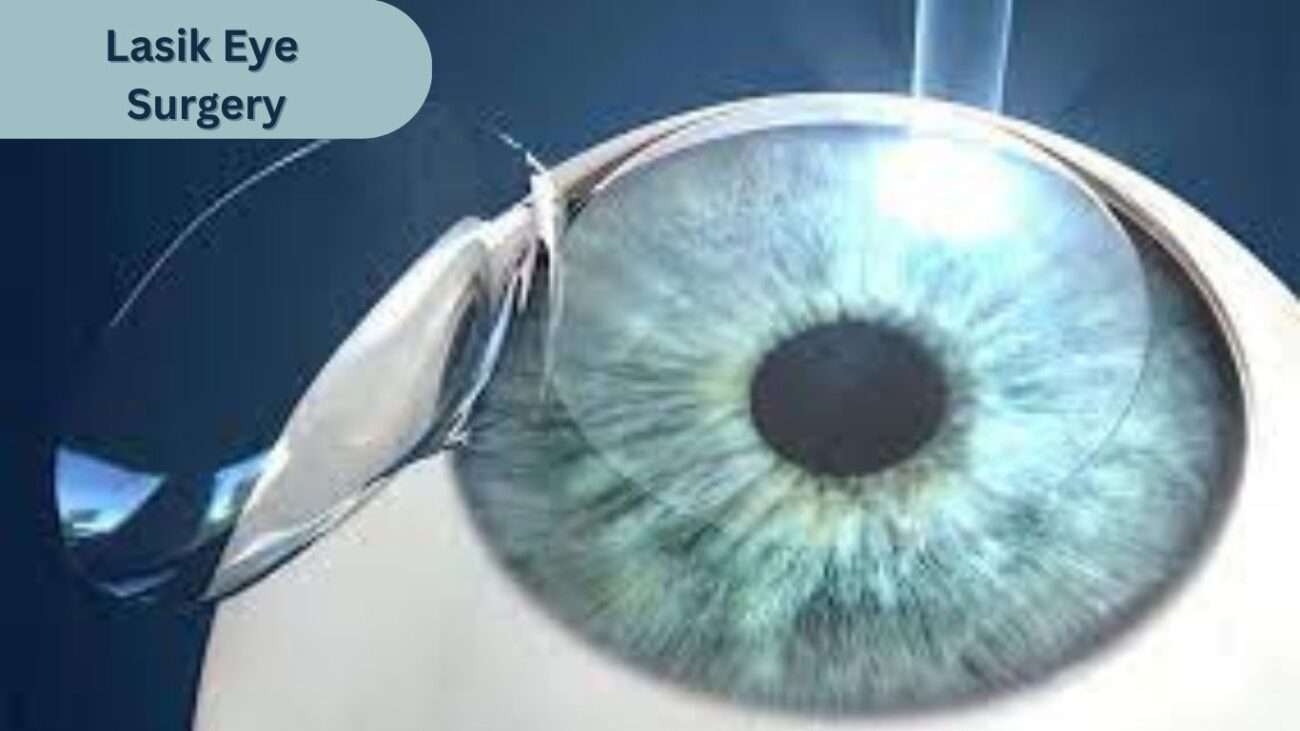
B. Common expectations after LASIK:
Patients often anticipate improved vision immediately after LASIK, but it’s crucial to recognize that some discomfort is a normal part of the recovery process.
II. Immediate Postoperative Period:
A. Pain and discomfort

It’s not uncommon for individuals to experience mild to moderate pain or discomfort in the first 24 to 48 hours following LASIK. This discomfort is typically manageable and should gradually subside.
B. Common symptoms
During this period, patients may also encounter symptoms such as dryness, itchiness, and a feeling of grittiness in the eyes. These are normal reactions as the eyes heal from the surgical intervention.
III. Managing Pain After LASIK Eye Surgery:
A. Medications and eye drops
To alleviate postoperative pain, surgeons often prescribe pain relievers or recommend over-the-counter medications. Additionally, the consistent use of prescribed eye drops helps in reducing dryness and discomfort.
B. Follow-up care

Regular follow-up appointments with the surgeon are crucial for monitoring progress and addressing any concerns. Additionally, clear communication about pain levels ensures that any necessary adjustments to the recovery plan can be made effectively. In this way, the ongoing collaboration between the patient and the healthcare provider becomes instrumental in optimizing the post-LASIK recovery experience.
IV. Potential Complications after lasik eye surgery.
A. Addressing uncommon pain
While mild discomfort is expected, persistent or severe pain may indicate potential complications. Seeking immediate medical attention is paramount to address any underlying issues promptly.
B. Warning signs
Patients should be aware of warning signs, such as increasing pain, sudden vision changes, or unusual redness. Timely communication with the healthcare provider helps in addressing concerns before they escalate.
V. Tips for a Smooth Recovery
A. Rest and relaxation
Adequate rest is essential during the initial recovery phase. Avoiding strenuous activities and ensuring proper sleep contribute to a smoother healing process.
B. Avoiding irritants
Protecting the eyes from irritants like dust, smoke, or bright lights helps prevent additional discomfort. Wearing sunglasses and following postoperative care guidelines contribute to a faster recovery.
VI. Long-term After effects:
A. Adjusting to new vision
Patients may experience fluctuations in vision during the initial weeks post-surgery. Adapting to these changes is part of the overall adjustment process to achieve optimal visual results.
B. Monitoring changes
Regular eye check-ups assist in monitoring any changes in vision and addressing concerns promptly. Patience and adherence to the postoperative care plan are key to a successful recovery.
VII. Real-life Experiences
A. Patient testimonials
Hearing from others who have undergone LASIK provides valuable insights into the range of experiences. Sharing stories of overcoming challenges and achieving improved vision fosters a sense of community among LASIK patients.
B. Sharing personal stories
Individuals sharing their personal LASIK journey can offer comfort and encouragement to those considering or recovering from the surgery. The exchange of experiences builds a supportive network within the LASIK community.
Author Details:
Dr. Sushruth Appajigowda holds a prominent position as a Cornea, Cataract, Glaucoma, and LASIK Surgeon in Bangalore. He serves as the chief Cataract and Refractive surgeon at Vijaya Nethralaya Eye Hospital, Nagarbhavi Bangalore. Renowned as one of the finest LASIK surgeons nationwide, he brings with him over 12+ years of experience across multiple LASIK platforms, including ZEISS, ALCON, SCHWIND, AMO, and Bausch and Lomb. Having successfully conducted over 5000 LASIK procedures, Dr. Sushruth holds the title of a Certified Refractive Surgeon and a Fellow of the All India Collegium Of Ophthalmology. Furthermore, he stands as a distinguished speaker at various National and International Forums, using his expertise to guide you in selecting the most suitable procedure based on your health requirements.

FAQs:
A. How long does post-LASIK pain last?
Post-LASIK pain typically lasts for the first 24 to 48 hours, gradually diminishing as the eyes heal.
B. Can over-the-counter pain relievers help?
Yes, over-the-counter pain relievers can help manage mild postoperative discomfort. However, it’s essential to follow the surgeon’s recommendations.
C. When should I be concerned about persistent pain?
Persistent or severe pain should be promptly addressed with your healthcare provider, as it may indicate complications requiring immediate attention.
D. What activities should be avoided during recovery?
Strenuous activities, exposure to irritants, and swimming should be avoided during the initial recovery period to promote healing.
E. Is it normal to experience fluctuations in vision post-surgery?
Yes, fluctuations in vision are normal during the initial weeks post-surgery. Patience and adherence to postoperative care contribute to stable visual outcomes.
IX. Conclusion:
In conclusion, understanding and navigating postoperative after lasik eye surgery pain is essential for a successful recovery. While mild discomfort is expected, any persistent or severe pain warrants immediate attention. Following the recommended postoperative care plan, attending regular follow-up appointments, and connecting with the LASIK community through shared experiences contribute to a positive and informed recovery journey.



